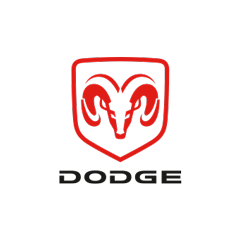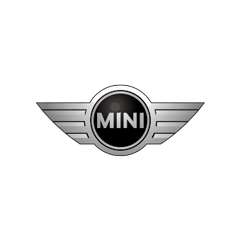
SEAT Mii
Generations Timeline, Specs and Pictures
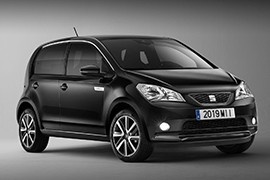
SEAT’s first ever production electric car is based on the Mii subcompact, and is essentially a rebadged version of the Skoda Citigo-e IV.
The Mii electric is only the first SEAT EV to come, with more all-electric and PHEVs to join the model in the upcoming years, including the all-electric el-Born, plug-in hybrid versions of the Tarraco, Leon, Cupra Formentor and Cupra Leon.
The model is powered by an electric motor coupled to a single speed transmission. Thanks to the 83 horsepower and 212 Nm of instant torque, the petite five-door can reach 50 kph (31 mph) from a standstill in just 3.9 seconds, making it perfect for accelerating in and out of city traffic. The SEAT MII has a 36.8 kWh lithium-ion battery pack, which provides the city model with up to 260 kilometers (161.5 miles) on a single charge in the new WLTP test cycle. Charging time with an AC 7.2 kW charger to 80% capacity should take under 4 hours, while a high-speed DC with 40 kW should charge the battery to the same capacity in less than an hour.
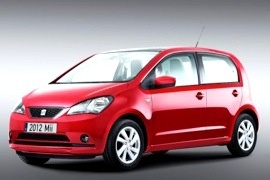
The Spanish cousin of the Volkswagen up! and Skoda CitiGo joined the small-sized vehicles offered by Volkswagen Group in 2011.
There was a high demand for very small city vehicles with three and five doors, for those who needed a car mostly to take the kids to schools and continue their way to their work. Basically, most of the car was the same as the other two from the group. It had a different hood, headlights, and slightly different rear tailgate and taillights. But all three of them were produced in the same Slovakian factory from Bratislava.
SEAT kept the same headlights’ shape from the rest of the range, with an angular inbound side and rounded top exterior. Its trapezoidal grille with a honeycomb pattern tried to make the buyers believe that it was a sportier vehicle. Well, it wasn’t. In the rear, the three triangular looks of its taillights were different than those installed on the CitiGo and up!.
Inside, the Mii featured exposed metallic parts on the interior door panels. Its dashboard was clean, designed in a minimalist design concept. The instrument cluster was fitted with three dials: a large speedometer, a fuel level, and the coolant temperature. Its tachometer was removed due to a lack of space. In the rear, the access was easy thanks to the wide opening of the doors. The rear windows were on hinges on the front side and could have been popping out. There was enough room for two adults and enough trunk space to carry a few pizza boxes.
It came with a small, 1.0-liter engine in three power options, including a factory-made NG version designed for fleets under the hood. It was available with a manual or automatic gearbox.
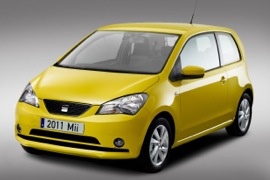
SEAT offered its smallest vehicle, the Mii, with three or five doors.
It was the Spanish sibling of the Skoda CitiGo and the Volkswagen up!
There was a high demand for very small city vehicles with three doors, especially from the food delivery companies and sales representatives. Private customers asked for them if they didn’t have to drop the kids to school. Basically, most of the car was the same as the other two from the group. It had a different hood, headlights, and slightly different rear tailgate and taillights. But all three of them were produced in the same Slovakian factory from Bratislava.
SEAT kept the same headlights’ shape from the rest of the range, with an angular inbound side and rounded top exterior. Its trapezoidal grille with a honeycomb pattern tried to make the buyers believe that it was a sportier vehicle. Well, it wasn’t. In the rear, the three triangular looks of its taillights were different than those installed on the CitiGo and up!.
Inside, the Mii featured exposed metallic parts on the interior door panels. Its dashboard was clean, designed in a minimalist design concept. The instrument cluster was fitted with three dials: a large speedometer, a fuel level, and the coolant temperature. Its tachometer was removed due to a lack of space. In the rear, the access was easier for the front passengers due to the wider doors than those on the five-door version but limited for the rear ones.
It came with a small, 1.0-liter engine in three power options, including a factory-made NG version designed for fleets under the hood. It was available with a manual or automatic gearbox.













